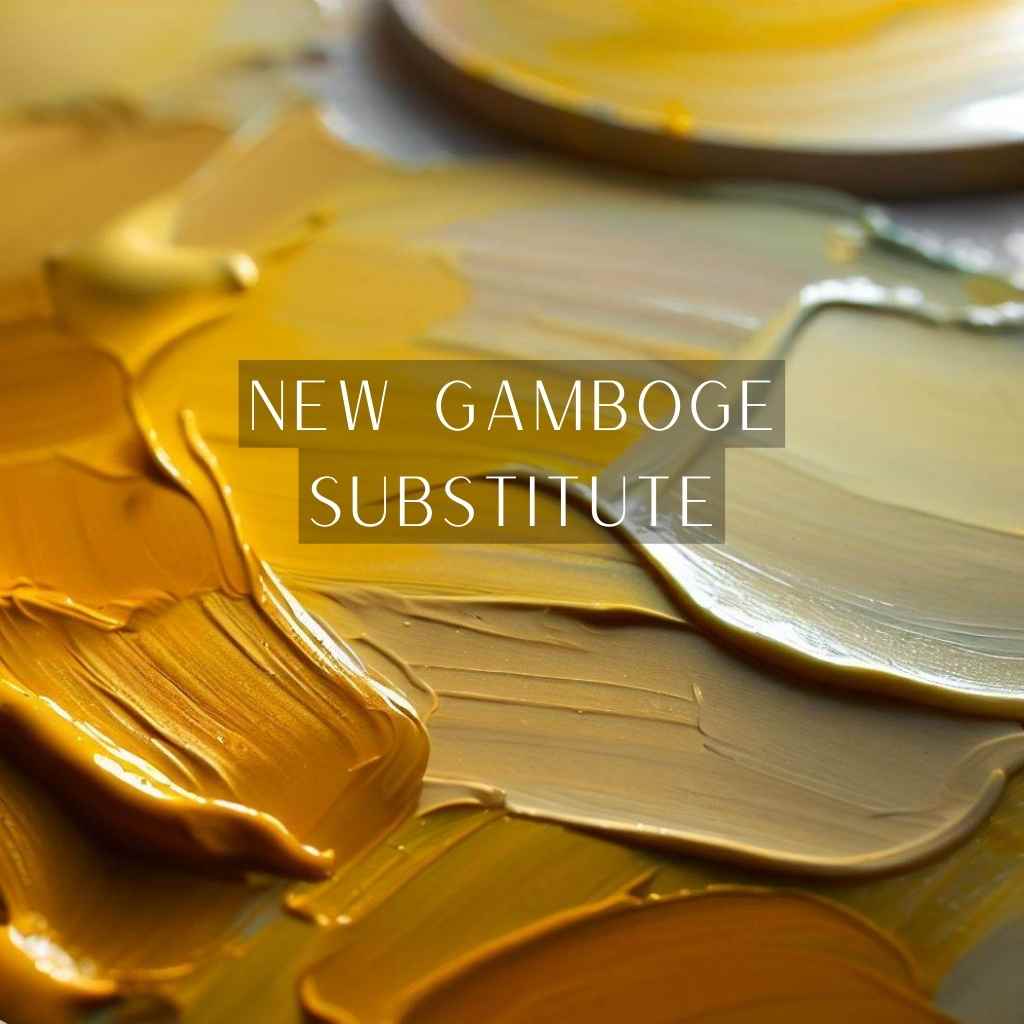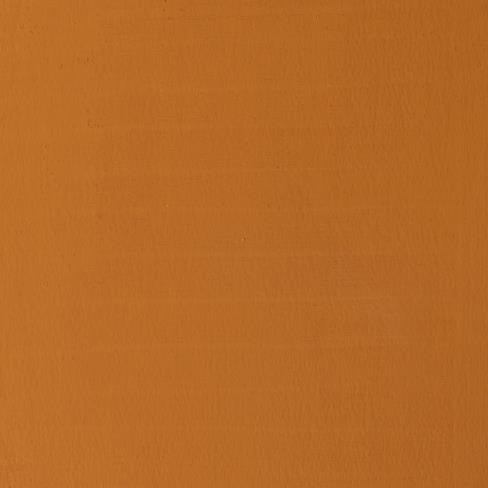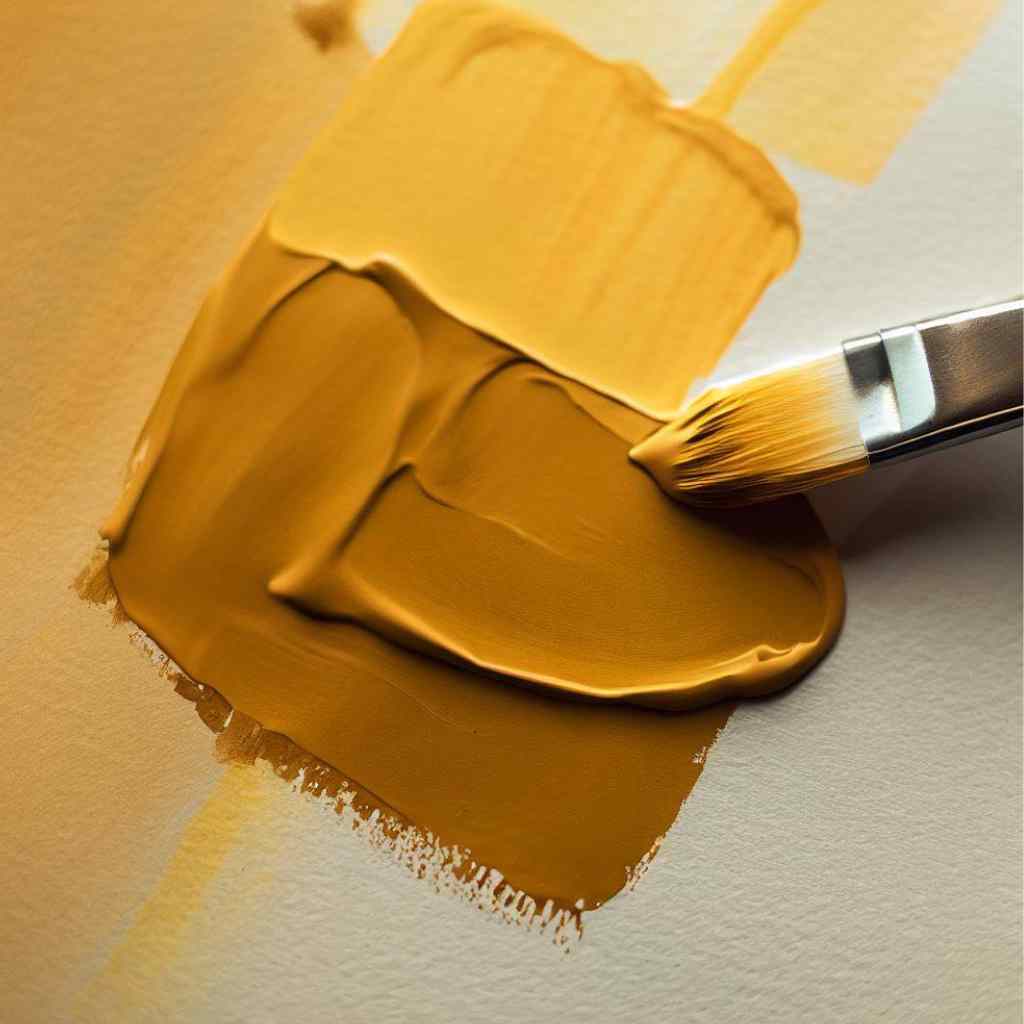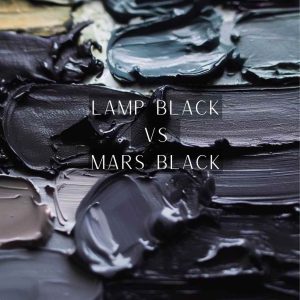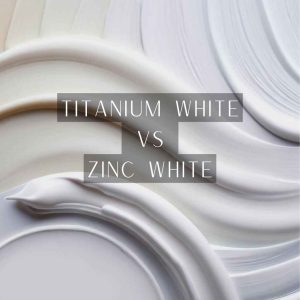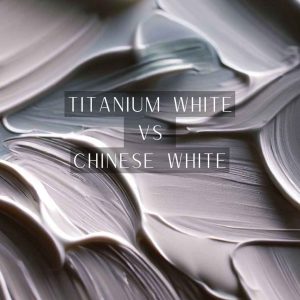Ever found yourself yearning for a pigment that could rival the brilliance of new gamboge, yet offer a unique touch to your artistic endeavors?
What if I told you there’s a substitute that holds the potential to infuse your creations with warmth, luminosity, and versatility?
In this blog post, we embark on a journey through a diverse palette of pigments, each vying for the title of the ultimate artistic companion. We’ll navigate this rich tapestry, uncovering the shades and tones that resonate with your creative spirit.
So, are you ready to uncover the secret to elevating your artistry with a remarkable new gamboge substitute?
What is New Gamboge?
New Gamboge, an ancient pigment derived from the resin of the Garcinia tree. Its journey from Southeast Asia to the palettes of artists worldwide weaves a tale of cultural exchange and artistic evolution.
New Gamboge unveils a treasure trove of characteristics that make it a prized possession among artists. Its remarkable transparency lends a luminous quality to artworks, while its innate warmth infuses compositions with a golden glow. Furthermore, its distinctive granulation effect grants depth and texture to paintings.
Across centuries, artists have harnessed the power of New Gamboge to capture the play of light and evoke emotions on canvas. From depicting sun-kissed landscapes to infusing vitality into floral arrangements, this pigment has earned its place as a cherished companion in the world of painting.
New Gamboge Substitute: Natural Pigment
Nature, with its captivating palette, presents a wealth of exquisite alternatives to the beloved new gamboge.
As artists seek to diversify their hues while maintaining a connection to the beauty of the natural world, these substitutes stand out as captivating choices-
Raw Sienna
Raw Sienna, a sibling of New Gamboge in the earth pigment family, boasts its own set of distinct attributes.
Its warm, golden-brown tones make it a worthy contender as a substitute, especially for artists looking to infuse their works with earthy warmth. Its versatility extends from being an excellent base color to a key player in blending and shading.
Yellow Ochre
Yellow Ochre, another earthy sibling, shares similarities with New Gamboge in its warmth but diverges in terms of transparency.
Artists often turn to Yellow Ochre for its rich, opaque qualities, making it a viable alternative when New Gamboge’s translucence is not a prerequisite.
Indian Yellow
Indian Yellow, with its storied history and intense brilliance, offers an intriguing alternative to New Gamboge.
Known for its luminosity, this pigment holds a special place in the artist’s palette, drawing inspiration from its rich heritage in Indian art.
New Gamboge Substitute: Synthetic Pigment
In the realm of synthetic alternatives, artists uncover a vibrant array of pigments that gracefully step into the shoes of new gamboge.
These captivating substitutes not only offer rich colors but also open doors to boundless creativity-
Hansa Yellow
In the realm of synthetic pigments, Hansa Yellow takes center stage. Its brilliant, high-key yellow hues inject vibrancy and vitality into compositions, akin to the dynamic energy of New Gamboge.
Artists gravitate towards this modern alternative for its wide range of applications and compatibility with various mediums.
Azo Yellow
Azo pigments, known for their brilliance and transparency, offer a diverse palette of yellows that beckon artists seeking a Gamboge-like hue.
Navigating this spectrum unveils a kaleidoscope of possibilities, each with its unique interplay of light and color saturation.
Diarylide Yellow
Diarylide Yellow, with its transparent nature and luminous quality, steps into the limelight as a substitute for New Gamboge.
Its compatibility with glazing techniques allows artists to achieve subtle gradations and layering effects, infusing depth and dimension into their artworks.
How to Make a New Gamboge Substitute?
At the heart of creating a substitute lies a fundamental understanding of color theory. By mastering the interplay of primary hues, artists can wield their palettes with precision, achieving a Gamboge-like hue that resonates with their vision.
This personalized substitute will not only add uniqueness to your artwork but also grant you greater control over the colors you use in your creative journey.
Materials Needed:
To start, you’ll need the following materials-
- Cadmium Yellow Medium Hue
- Quinacridone Burnt Orange
- Raw Sienna
Step-by-Step Guide to Creating a Custom New Gamboge Substitute-
- Start with a clean mixing surface and squeeze out equal parts of Cadmium Yellow Medium Hue and Quinacridone Burnt Orange. These two colors will serve as the primary base for your substitute.
- Gradually introduce Raw Sienna into the mixture. Begin with a small amount and adjust to achieve the desired warmth and depth. Raw Sienna will infuse the mixture with earthy undertones reminiscent of New Gamboge.
- Thoroughly blend the pigments together, ensuring a smooth and consistent mixture. Pay close attention to achieving uniformity in color and texture.
- Test the mixture on a scrap piece of paper or canvas to assess its resemblance to New Gamboge. Adjust the ratios if necessary to fine-tune the hue.
FAQs
- Are there any substitutes that mimic the granulation of New Gamboge?
Yes, some substitutes, particularly certain natural pigments like Raw Sienna, possess granulation properties similar to New Gamboge. Artists who appreciate the granulated texture of New Gamboge will find these substitutes to be excellent alternatives.
- Can I achieve a watercolor-like transparency with new gamboge substitutes in acrylic or oil painting?
While substitutes may not possess the inherent transparency of watercolors, artists can achieve a similar effect through techniques like glazing and thin layering. Diluting substitutes with a medium or using transparent gels can impart a watercolor-like quality to acrylic or oil paintings.
- Can I combine natural and synthetic new gamboge substitutes in a single artwork?
Absolutely! Combining natural and synthetic substitutes can lead to intriguing juxtapositions of texture and color. It offers artists a broader range of possibilities to create dynamic and visually engaging compositions.
Conclusion
In the quest for the ideal new gamboge substitute, we’ve journeyed through a palette of options, each offering its own unique allure.
From the warm embrace of Raw Sienna to the earthy richness of Yellow Ochre, these substitutes have proven themselves as formidable contenders.
While none may entirely replicate the elusive charm of New Gamboge, they bring their own distinctive qualities to the artist’s repertoire.
So, whether it’s the luminosity of Indian Yellow or the versatility of Diarylide Yellow, each substitute invites us to wield our brushes with creativity and embrace the vibrant journey of artistic expression.

